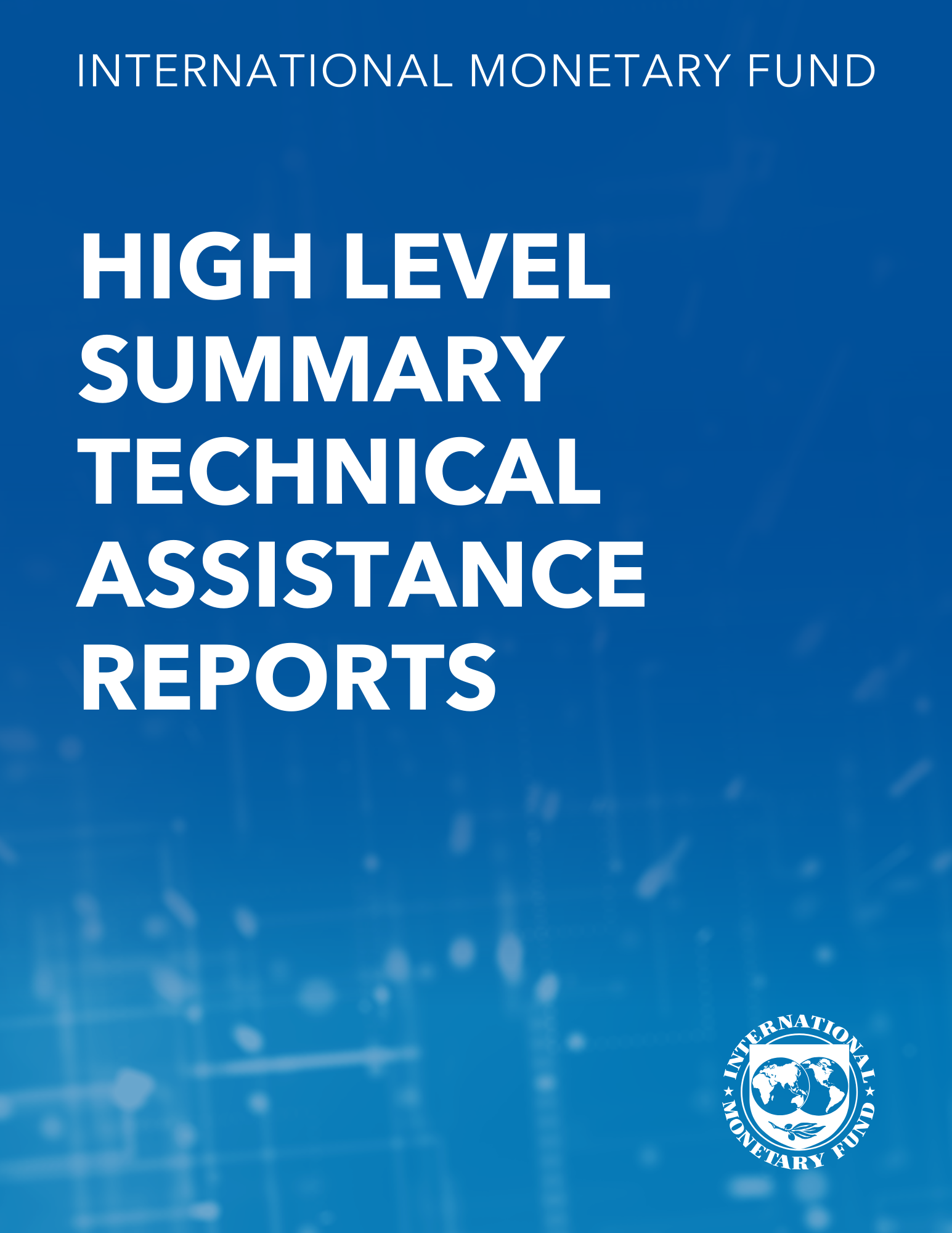Stabilization Dynamics and Backward-Looking Contracts
March 1, 1993
Disclaimer: This Working Paper should not be reported as representing the views of the IMF.The views expressed in this Working Paper are those of the author(s) and do not necessarily represent those of the IMF or IMF policy. Working Papers describe research in progress by the author(s) and are published to elicit comments and to further debate
Summary
Exchange rate-based stabilizations often result in an initial output expansion. One explanation for this phenomenon has been that, in the presence of inflation inertia, a reduction in the nominal interest rate causes the domestic real interest rate to fall, thus increasing aggregate demand. This paper reexamines this issue in the context of an intertemporal optimizing model. In contrast to previous results, the analysis shows that, if the intertemporal elasticity of substitution is smaller than the elasticity of substitution between traded and home goods, a permanent reduction in the rate of devaluation leads to a fall in aggregate demand.
Subject: Consumption, Exchange rate adjustments, Financial services, Foreign exchange, Inflation, National accounts, Prices, Real exchange rates, Real interest rates
Keywords: aggregate demand, Consumption, exchange rate, Exchange rate adjustments, home goods, home-goods sector, Inflation, Real exchange rates, real interest rate, Real interest rates, real rate of interest, traded goods, traded-goods wealth, WP
Pages:
38
Volume:
1993
DOI:
Issue:
029
Series:
Working Paper No. 1993/029
Stock No:
WPIEA0291993
ISBN:
9781451844726
ISSN:
1018-5941







